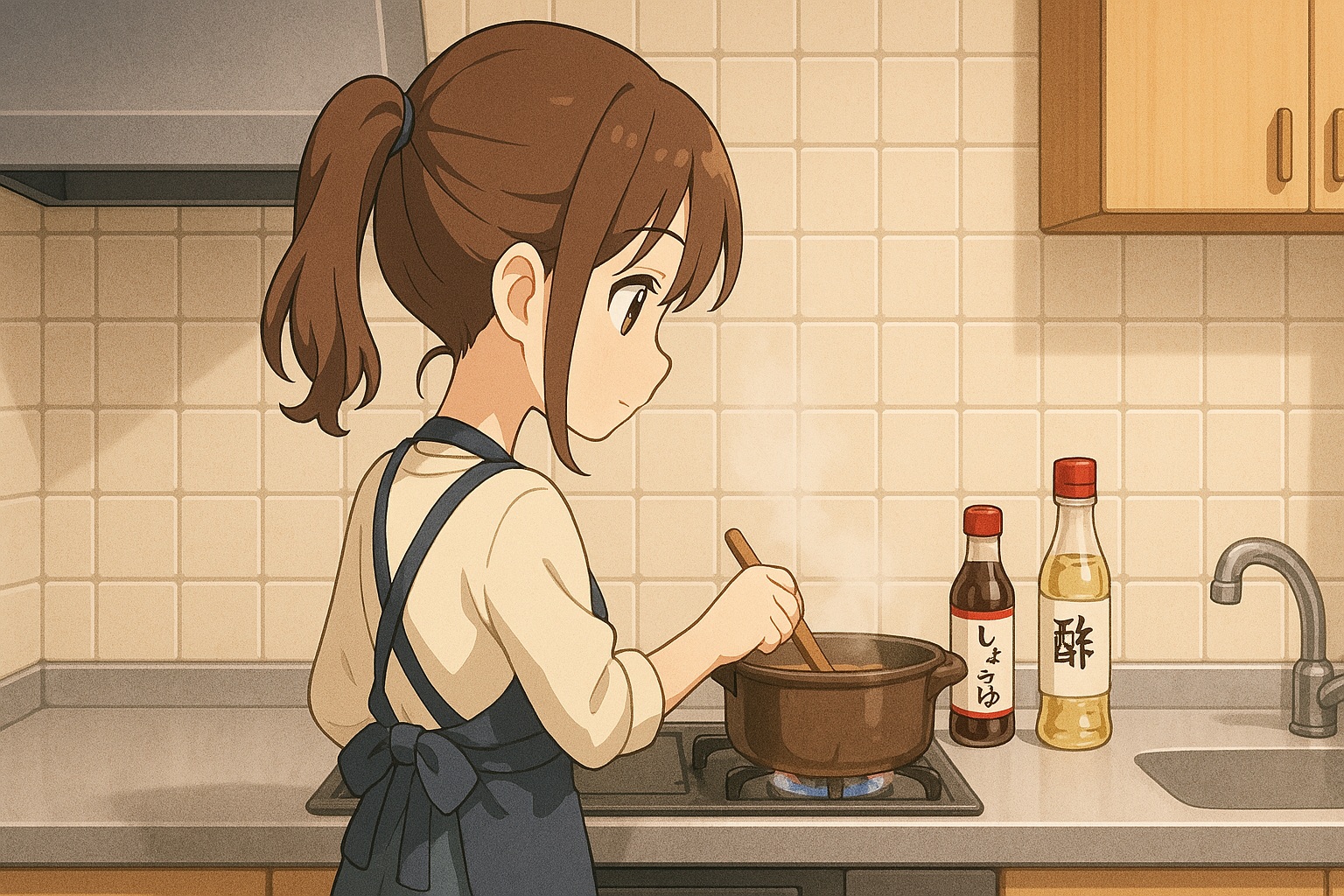
If you’re trying to understand the backbone of Japanese cooking, remember these five syllables: Sa, Shi, Su, Se, So. They’re more than just sounds—they represent five staple ingredients that appear in countless dishes, from humble home cooking to refined kaiseki meals.
SA – Satō (Sugar) (さとう, 砂糖)
Sugar might not immediately come to mind when you think of Japanese cuisine, but it’s a core ingredient in many sauces and broths. It’s not about making dishes overly sweet—it’s about balance. Sugar balances salty and acidic flavors, adding depth to dishes like teriyaki, nimono (simmered foods), and even sushi rice.
SHI – Shio (Salt) (しお, 塩)
Simple yet essential. Salt enhances natural flavors and plays a crucial role in preservation—think salted fish or pickles. It’s central to making tsukemono (Japanese pickles) and seasoning soup stocks like miso or dashi.
SU – Su (Vinegar) (す, 酢)
Most commonly rice vinegar, this is what gives sushi rice its characteristic tang. But vinegar does more—it brightens dressings, preserves vegetables, and cuts through the richness of fatty dishes. It’s responsible for the clean, refreshing taste so common in Japanese side dishes.
SE – Shōyu (Soy Sauce) (しょうゆ, 醤油)
Soy sauce delivers the signature umami punch in Japanese cooking. Made from fermented soybeans, it adds salt, depth, and color. From marinades and stir-fries to dipping sauces and soups, it’s everywhere. It’s the heart of Japanese savory flavor.
SO – Miso (Fermented Soybean Paste) (みそ, 味噌)
Miso brings fermentation into the mix. With varieties like white (shiro), red (aka), and mixed (awase), miso adds rich, earthy, umami flavor. You’ll find it in miso soup, of course, but also in glazes, marinades, and dressings. Its complexity brings warmth and depth.
Why This Order Matters
There’s a method to the SA SHI SU SE SO sequence—it reflects the traditional order ingredients are added when cooking. Sugar goes in early so it has time to penetrate. Salt and soy sauce come later to avoid hardening proteins or overpowering the dish.
Final Thoughts
Japanese cuisine is subtle, layered, and deeply rooted in tradition. These five ingredients—Sa Shi Su Se So—are your cheat sheet to understanding its fundamental flavors. Master them, and you have the foundation to cook almost any Japanese dish.
Start simple, taste frequently, and respect the balance.
Now, go cook.



